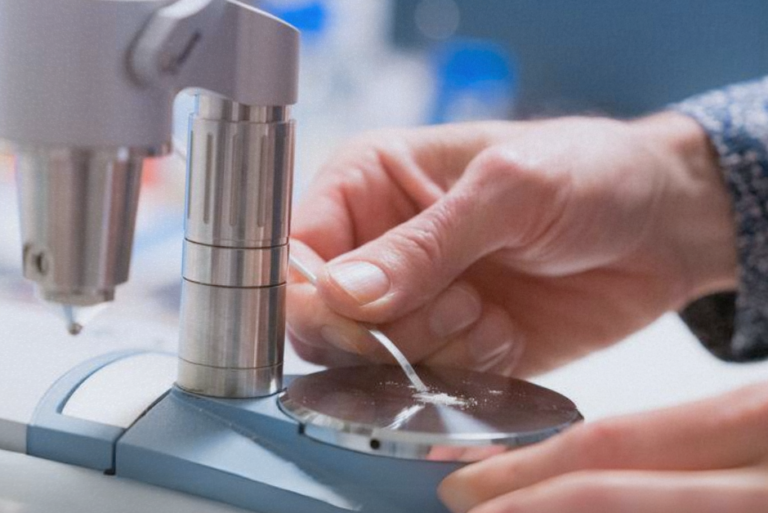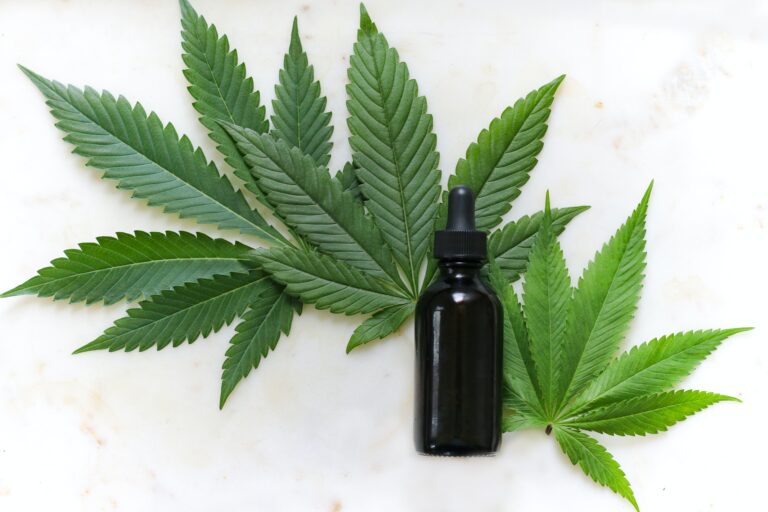06th March 2024 04:51pm
Victorian Legislative Council, Melbourne
David ETTERSHANK (Western Metropolitan) (16:50):
I rise to make a brief contribution to the debate on the petition to reject the proposal to construct a waste-to-energy plant at Lara in Geelong. There is no question that we need to address the state’s growing waste management problems.
We need to find alternatives to tipping tonnes of waste into our landfill sites every day. But I am not surprised that people in Lara are opposing the construction of a waste-to-energy facility in their community, which will see 300,000 to 400,000 tonnes of waste incinerated per year.
It will have disastrous impacts on air quality and create dangerous levels of environmental contamination. Waste-to-energy incineration is the most expensive and pollutant-intensive way to manage waste or to make energy.
Incinerators emit vast amounts of greenhouse gases, and while they may reduce landfill it is important to remember that for every hundred tonnes of waste burned, 25 tonnes will become toxic ash which will still require secure landfilling.
I want to quote from the government response to the 2019 recycling and waste management inquiry. In relation to waste-to-energy technology, the Victorian government committed to supporting only projects that, amongst other conditions: (1) met best-practice environment protection requirements including air pollution controls, (2) did not inhibit innovation in re-use or recycling of materials or (3) reduced greenhouse gas emissions compared to the waste and energy services they displaced.
By its very nature, waste-to-energy incineration relies on the production of waste to keep the facility running, and this includes waste that could be recycled.
Now, they are not very good at reducing gas emissions either. While the CO2 emitted from waste incineration depends on the composition of the waste, the emissions released from waste-to-energy incineration can be very high.
Every tonne of waste incinerated can produce as much as 1.7 tonnes of carbon emissions, including emissions from fossil fuels, burning plastics and biogenic fuel, wood, paper and food.
That is not a huge win for the environment when you consider the vast amount of noxious pollutants also being emitted. Waste-to-energy technology also inhibits the re-use and recycling of materials and undermines the move to lower carbon options for waste management.
These facilities have a massive appetite for waste. The Lara facility, as I said before, is looking to incinerate 300,000 to 400,000 tonnes per year, and if the City of Greater Geelong has already ruled out using the plant, where is the necessary waste to keep this facility operational going to come from?
Well, I reckon a fair chunk of it is going to be brought in from Melbourne – surprise, surprise – and it is going to be trucked through the western suburbs.
So we are looking at thousands of additional trucks passing through our western suburbs on the way to Lara, further impacting the already very poor air quality in our region.
We know that one of the key sources of air pollution in the inner west comes is transportation, with the EPA acknowledging that:
“Air quality in the area doesn’t meet Australia’s national air quality standards.”
And the level of particulate matter regularly exceeds the national standard. On top of everything else, the facility requires an investment of $700 million.
That is investment that could be going into innovative recycling initiatives and could even help fund the state’s transition to a circular economy. Rather than building more waste-to-energy incineration plants, which will lock us into a 25-year cycle of producing waste to feed the beast, we should be investing in solutions to reduce waste that meet best-practice environment protection requirements to protect the health and wellbeing of all Victorians.
[ENDS]





